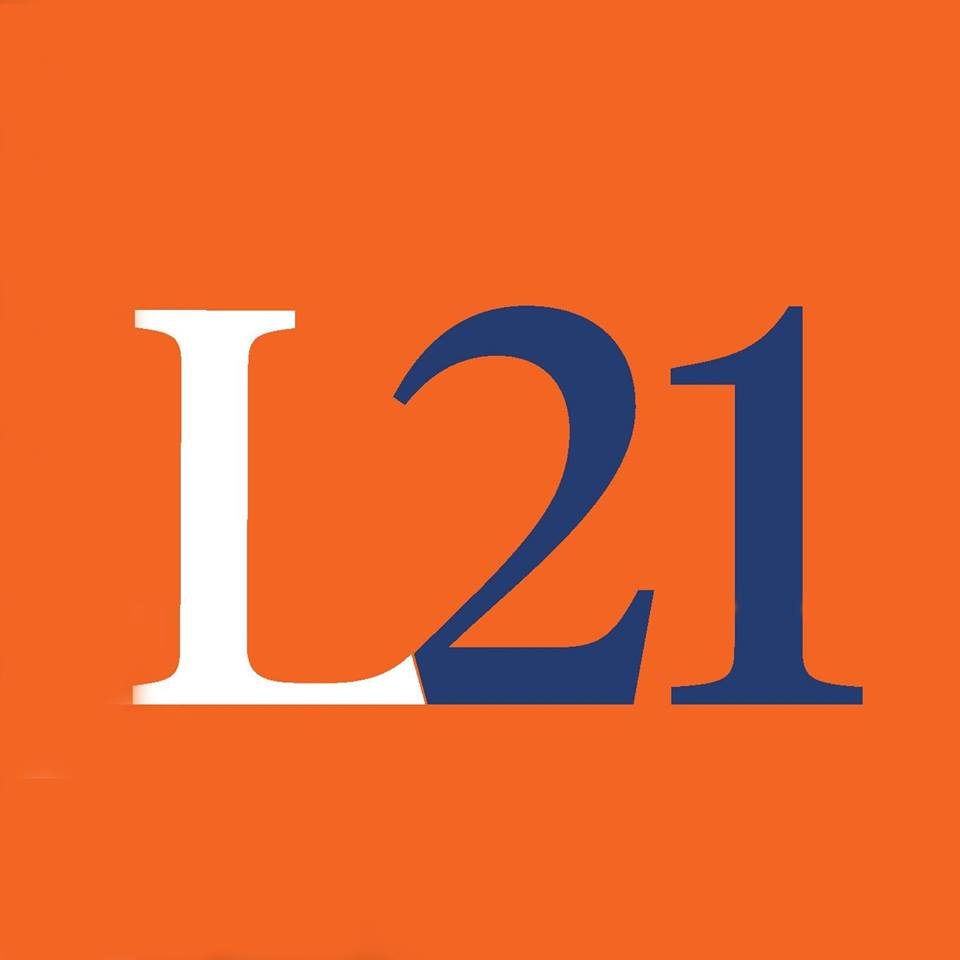The recent World Economic Forum on Latin America, held in Buenos Aires, was the first rapprochement between the two blocks and was made possible because of changes within Mercosur and the victory of Donald Trump in the U.S presidential election. These factors have created a situation that would have been unimaginable just a few months ago.
The victory of Mauricio Macri in Argentina and the replacement of Dilma Rousseff in Brazil with President Michel Temer, translated into a more open vision within the two main Atlantic bloc powers. During the time these two countries were run by leftist governments, they had maintained a protectionist vision regarding foreign trade strategies. Due in part to these recent changes, Venezuela, which is opposed to such an approach, has been completely marginalized within the group.
The United States’ more protectionist agenda following the election of Donald Trump is affecting commercial strategies at a global level. This new reality poses a major threat to Mexico, which exports around 80% of its products to its northern neighbor and which, after decades of looking almost exclusively towards the north, now seeks to open new markets in an effort to alleviate their commercial dependence on the United States.
“This is an important milestone in Latin American integration because we are committed to moving forward at a time when international uncertainty reigns,” said Heraldo Muñoz, Chile’s Foreign Minister and the pro tempore president of the Pacific Alliance of which Colombia, Mexico and Peru are also members. On behalf of Mercosur, a bloc composed of Argentina, Brazil, Paraguay and Uruguay, Argentine Foreign Minister Susana Malcorra said that, “the clear objective is to reinforce the commitment to free trade and multilateralism.”
This possible agreement between the blocs is a far cry from the mistrust that existed between them in the past when the Pacific Alliance considered Mercosur to be too politicized and economically inefficient, and the Atlantic block saw the Alliance as too overtly trade focused and strategically aligned with the United States. Following the aforementioned changes affecting the region, today the 8 countries’ objectives are aligned toward seeking to reduce tariff barriers and facilitate intraregional trade.
In order to move in this direction, the countries’ foreign ministers have defined a “road map” that will be tackled in the coming months. The 6 points it addresses are: the creation of regional value chains, trade facilitation through a single foreign trade window, customs cooperation between countries, promotion of commercial production and of SMEs, removal of non-tariff barriers to trade, and the facilitation of services trade.
The ministers announced their commitment to achieve, “concrete results that will advance the negotiations and strengthen the role of the WTO to meet the challenges of the 21st Century.” In fact, this does have the potential to advance—intra-regional trade is significantly higher within the European Union and within Asia than it is in Latin America today.
Despite the rapprochement within Latin America, the elimination of tariffs is not sufficient to indicate total integration. According to the executive secretary of the Economic Commission for Latin America and the Caribbean (ECLAC), Alicia Bárcena, it is also necessary to continue to move forward in other areas such as regulatory convergence and trade facilitation, as well as the quality of transport infrastructures, logistics, energy and digitalization of the various systems.
“Working together in all these areas would contribute to boosting intraregional trade and investment flows, thus favoring greater productive integration,” among the blocs, which together account for 90% of Latin America’s GDP.
*Guest blog post from Latinoamerica21.
 Jeronimo Giorgi is an Uruguayan journalist dedicated to international issues. He has collaborated with various media in Latin America and Europe, and has received distinctions such as the 2016 King of Spain International Journalism Award. Giorgi is currently pursuing a master’s degree in Latin American Studies.
Jeronimo Giorgi is an Uruguayan journalist dedicated to international issues. He has collaborated with various media in Latin America and Europe, and has received distinctions such as the 2016 King of Spain International Journalism Award. Giorgi is currently pursuing a master’s degree in Latin American Studies.
Latinoamerica21 is a blog about current economic, political and social topics in Latin America that is currently published within the newspaper El Observador de Uruguay and will soon be published in other media outlets within the region. The original version of this blog post is available in Spanish: El nuevo contexto regional facilita el acercamiento Mercosur – Alianza del Pacifico
Follow Latinoamerica21 on Facebook and Twitter.
*Guest blog posts do not reflect the views of FocusEconomics.
Sample Report
5-year economic forecasts on 30+ economic indicators for 127 countries & 33 commodities.